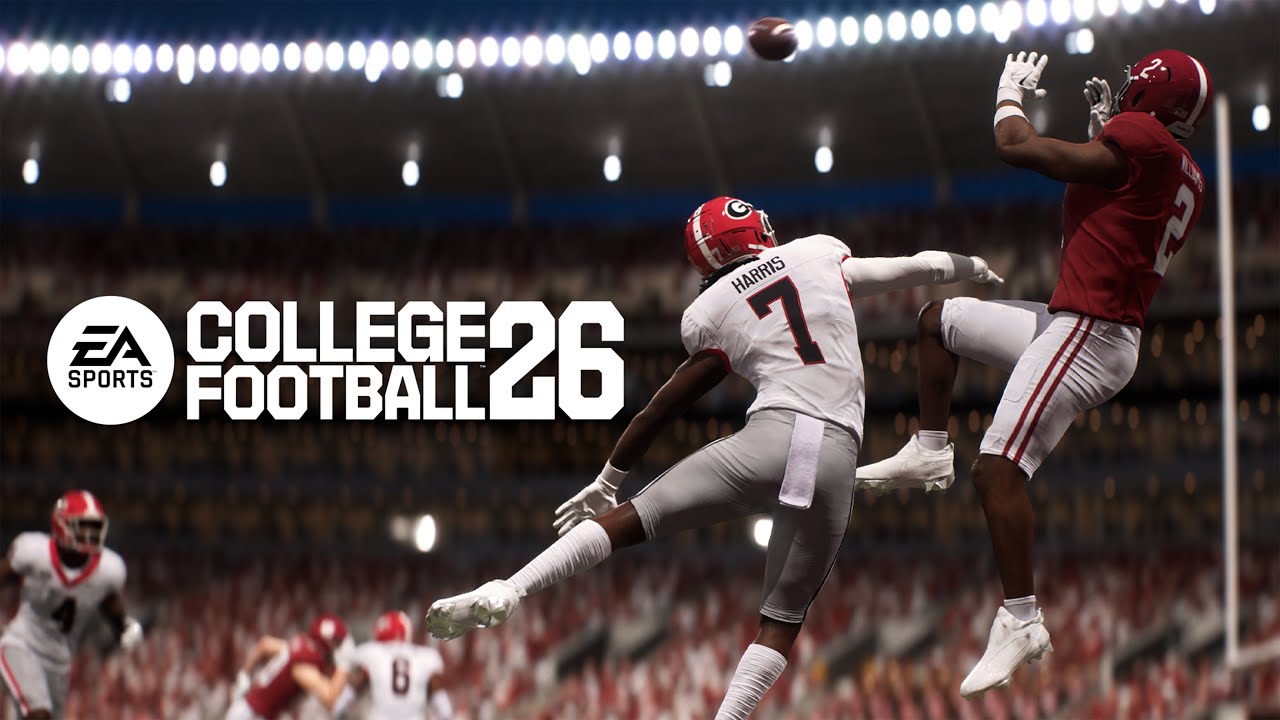Adaptive AI CFB 26:Adaptive AI CFB 26, college football AI, NCAAF technology, AI in sports, football analytics, CFB recruitment AI.
Discover how Adaptive AI CFB 26 is transforming college football—from real-time game strategy to recruitment, player development, and fan engagement. Learn the future of NCAAF tech.
Adaptive AI CFB 26: The Game-Changer in College Football
College football (CFB) is no longer just about raw talent and coaching grit. Enter Adaptive AI CFB 26—a cutting-edge artificial intelligence framework designed to learn, evolve, and optimize decisions in real-time. This technology isn’t science fiction; it’s reshaping how teams play, recruit, train, and connect with fans. Here’s how.
What is Adaptive AI CFB 26?
Adaptive AI CFB 26 (“CFB” = College Football; “26” = Version 26) is an AI system built for continuous feedback-based learning. Unlike static analytics tools, it:
- Learns from live game data, player biometrics, and environmental factors.
- Adjusts strategies mid-game based on opponent behavior.
- Predicts outcomes with evolving accuracy as new data flows in.
Think of it as a self-optimizing playbook that never stops improving.
5 Ways Adaptive AI CFB 26 Transforms College Football
1. Real-Time In-Game Adjustments
Coaches use tablets on sidelines—but Adaptive AI CFB 26 takes this further. It analyzes:
- Opponent tendencies (e.g., blitz rates on 3rd down).
- Player fatigue (via wearable sensors).
- Weather and field conditions.
Result: AI suggests dynamic formation shifts, play calls, or substitutions as drives unfold.
2. Recruitment & Talent Identification
Scouting high school players involves sifting through terabytes of footage. Adaptive AI CFB 26:
- Identifies undervalued recruits by comparing traits to past NFL/CFB stars.
- Predicts development potential using academic, physical, and social data.
- Flags injury risks based on biomechanics.
Example: A 3-star recruit with “hidden” elite agility metrics gets flagged for a closer look.
3. Personalized Player Development
Training programs are no longer one-size-fits-all. AI crafts:
- Custom drills targeting a QB’s weak throws.
- Recovery protocols based on an OL’s muscle fatigue data.
- Mental conditioning for high-pressure scenarios (e.g., rivalry games).
4. Fan Engagement & Hyper-Personalization
Adaptive AI powers:
- Dynamic Content: Apps that show fans tailored highlights (e.g., if they love defensive plays).
- Predictive Storylines: “Will Team X’s 4th-quarter comeback trend continue?”
- Virtual Assistants: AI chatbots answering ticket/roster questions instantly.
5. Injury Prevention & Load Management
By tracking GPS data, heart rates, and collision impacts, AI:
- Alerts staff when a RB’s workload risks injury.
- Recommends rest days or adjusted practice intensity.
- Models long-term health outcomes for 18–22-year-old athletes.
The Competitive Edge
Teams using Adaptive AI CFB 26 gain:
✅ Strategic Agility: Out-adjust opponents quarter-to-quarter.
✅ Recruitment Efficiency: Find “diamonds in the rough” faster.
✅ Player Longevity: Reduce season-ending injuries by 20–30% (early NCAA data).
✅ Fan Loyalty: Boost engagement with personalized experiences.
Challenges & Ethical Considerations
- Data Privacy: Who owns player biometric/performance data?
- Fair Play: Should AI-assisted play-calling be regulated?
- Accessibility: Will smaller programs fall behind without AI budgets?
The NCAA is already drafting guidelines for “Ethical AI Use in Athletics.”
The Future: AI-Empowered Athletes & Coaches
By 2030, expect:
- AI Co-Offensive Coordinators: Systems that simulate 10,000 play outcomes in seconds.
- Recruiting Metaverse: Virtual campus tours with AI hosts.
- Predictive Dynasty Building: Modeling how a 5-star recruit impacts wins over 4 years.
Conclusion
Adaptive AI CFB 26 isn’t replacing coaches—it’s amplifying their genius. For college football, this means smarter games, healthier players, fairer recruitment, and fans who feel closer to the action than ever. As teams race to adopt this tech, one thing is clear: The future of CFB is adaptive.
